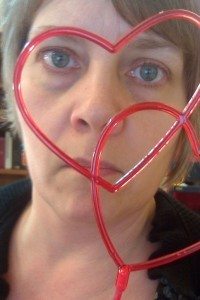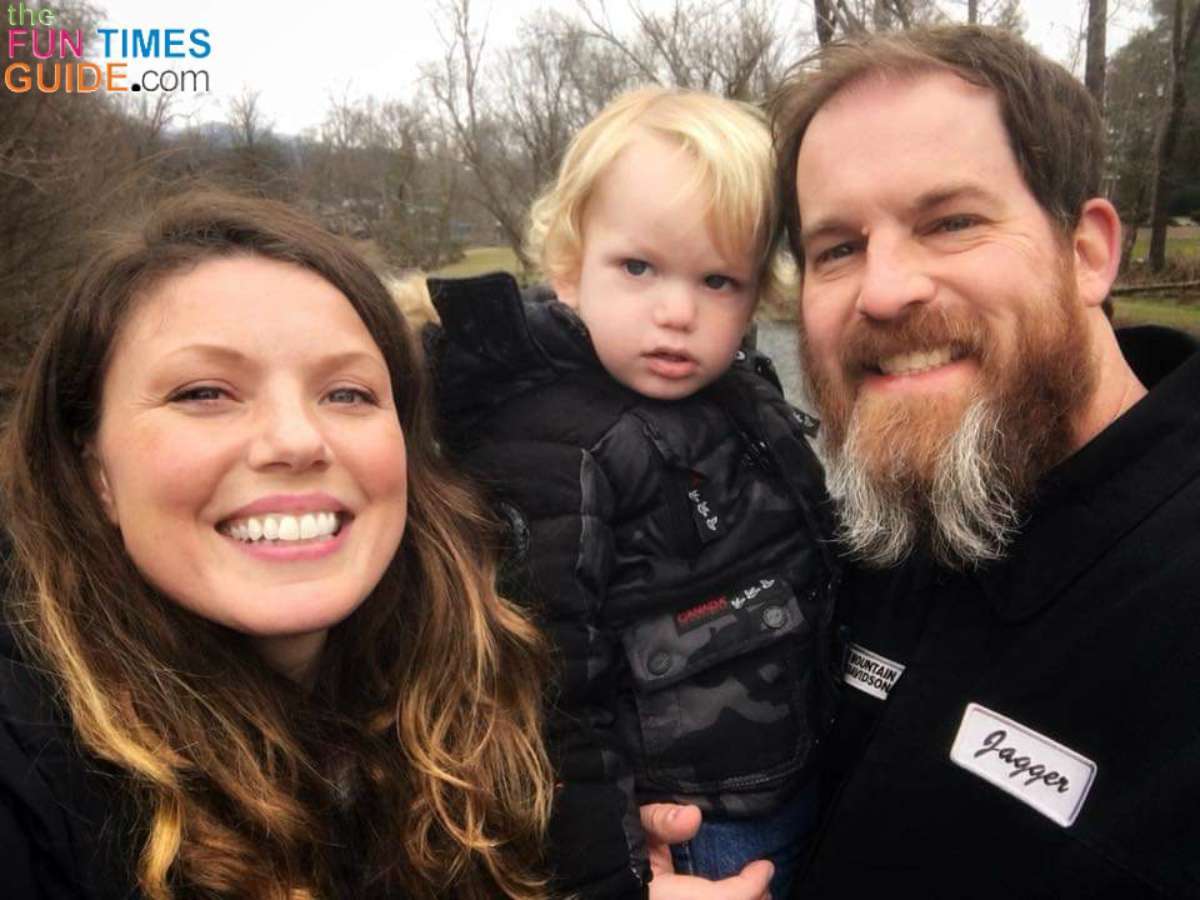 Did you know that women rarely have the same dramatic symptoms that men experience when having a heart attack?
Did you know that women rarely have the same dramatic symptoms that men experience when having a heart attack?
You know the sudden stabbing pain in the chest, the cold sweat, grabbing the chest and dropping to the floor that we see in the movies.
For women, it is often much more subtle.
That’s why it is vital that awareness is spread for both the signs of a heart attack and the increased risk for women.
Wear Red Day
Friday, February 3rd, was national Wear Red Day.
Everyone got out their favorite red T-shirt, dress, or sweatshirt to raise awareness for heart disease in women.
In 2004, the American Heart Association (AHA) created Go Red for Women – a passionate, emotional, social initiative designed to empower women to take charge of their heart health. AHA created this day in order to raise awareness of heart disease as the number one killer of women in the United States.
Women & Heart Attacks
The main cause of heart attacks is coronary artery disease. This happens when the arteries that supply blood to the heart slowly become clogged over time.
Heart disease has been considered a health concern for men for a long time. However, as you can see, women are also at risk.
Not only is heart disease the number one killer of women, it is also the leading cause of disability. Last year alone, cardiovascular disease claimed the lives of nearly half a million women, and according to the Women’s Heart Foundation, when adjusted for age and other factors, the mortality risk from cardiovascular illness is 1.7 times higher in women than in men.
It is not only important to raise awareness for the increased risk of heart disease in women, it is also important to raise awareness for the signs and symptoms of a heart attack.
Signs Of A Heart Attack For Women
Symptoms for women are often different than symptoms for men. Being aware of these symptoms and knowing when to seek medical care can save your life.
- Chest discomfort lasting more than a few minutes
- Discomfort in other parts of the body such as the arms, back, jaw, or stomach
- Shortness of breath
- Cold sweat
- Nausea
- Squeezing motions racing up the spine to the breastbone
- Weakness
- Severe indigestion
- Unusual fatigue
- Dizziness
- Back pain
- Sense of impending doom and light-headedness
It is said that many more women than men die of their first (and last) heart attack because they don’t realize they are having one and commonly mistake it for indigestion, take some Maalox or other anti-heartburn preparation, and go to bed, hoping they’ll feel better in the morning when they wake up… which doesn’t happen.
If, after a heart attack, you require surgery, the most common procedure is known as Angioplasty. This procedure will open blocked or clogged arteries and allow blood to flow to your heart muscle.
How To Prevent A Heart Attack
Although there are procedures to correct heart attacks, heart disease can easily be prevented.
Smoking, obesity, lack of physical activity, high blood pressure, diabetes and elevated cholesterol are all important risk factors that, when addressed effectively, can significantly reduce the risk of developing heart disease. Simple things like staying active and eating healthier can help prevent heart disease.
A common antidote for heart attacks has often been aspirin. However, there are conflicting ideas on this topic. Because there is no clear consensus for the use of aspirin in preventing heart attacks, you should research on your own and speak with your doctor about this option.
Now that you’re aware of the increased risk of heart disease in women and the different warning signs of a heart attack, it’s time to start taking the right steps to prevent it. Together, let’s raise awareness of the number one killer of women and help spread the word to Mom, Grandma, and Sister.
Our guest contributor, Kimberly Reynolds, is an online marketer in Dallas, Texas. She has a passion for learning new things and is currently working on mastering the piano. On a typical day after work, you may find her walking her dogs, Bella and Doug, reading, writing, and discussing the latest viral video on YouTube. She loves coconut bread pudding, hummus, music, and photography.




